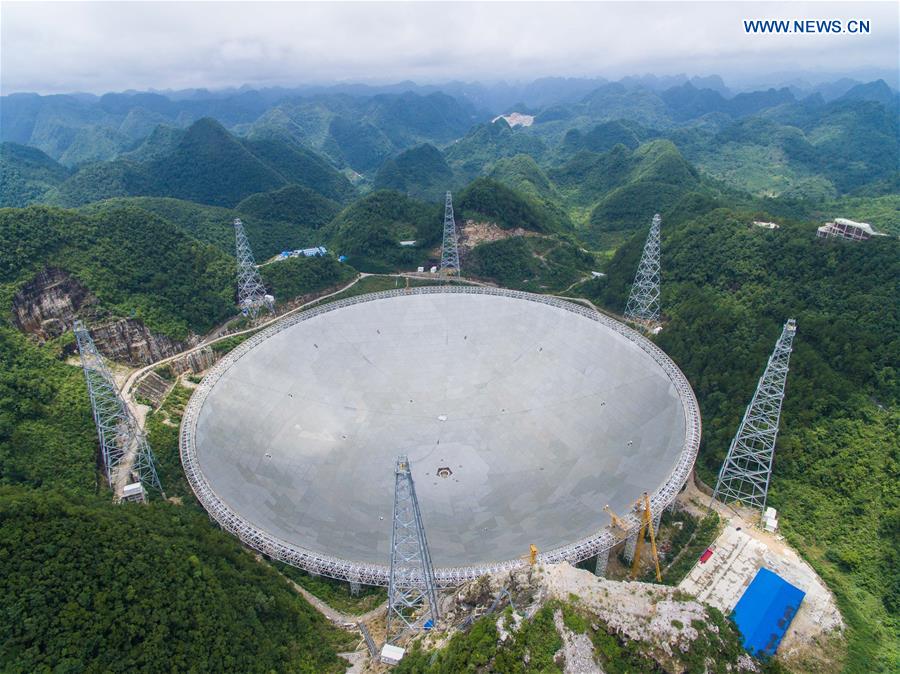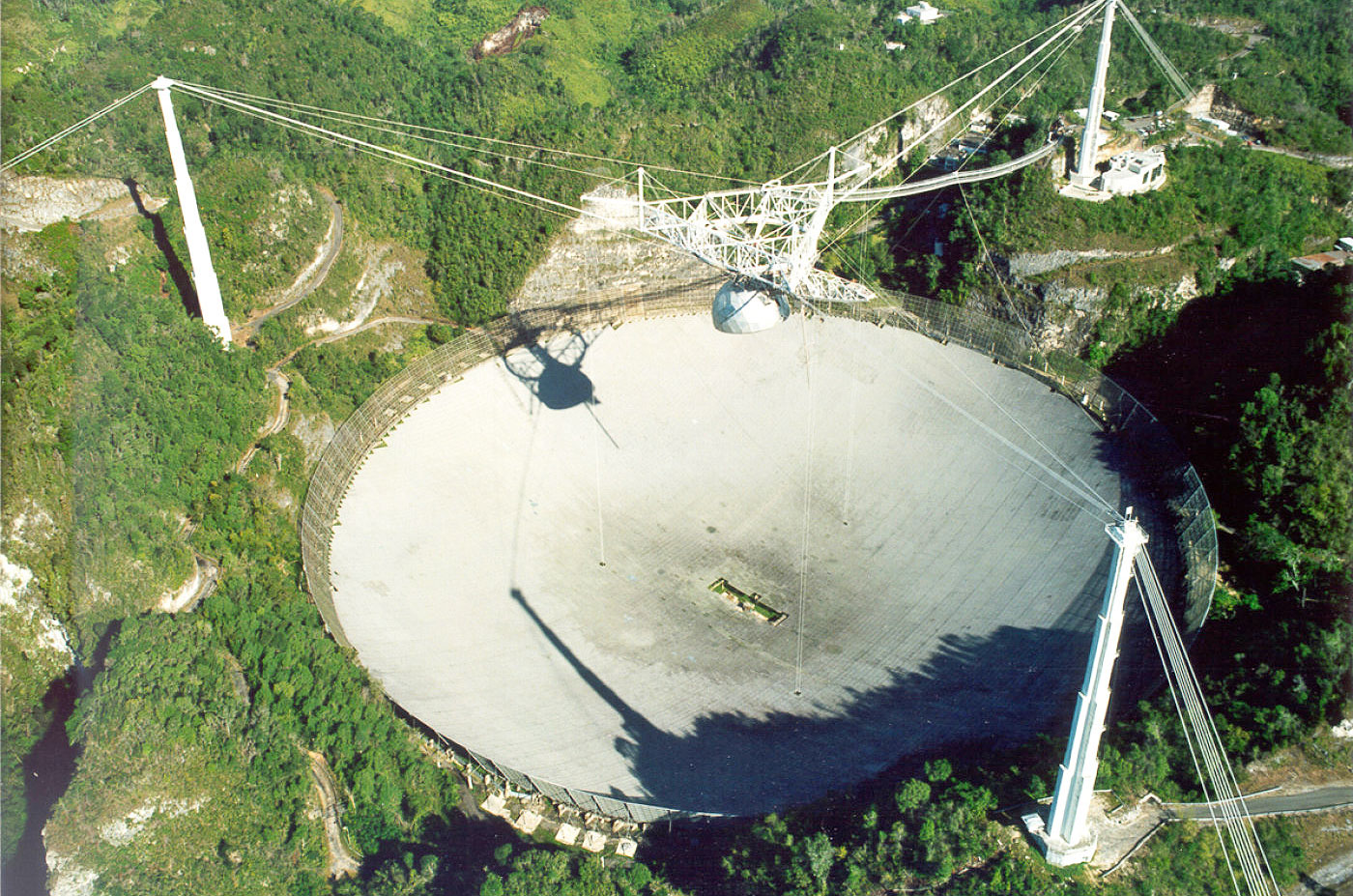
ASTRON has enlisted the help of
IBM to lead a five-year, $43 million project to develop and build a supercomputer for the new
Square Kilometer Array. The SKA is a $2.1 billion initiative to construct the world's largest radio telescope across a 3,000km strip of Australia or South Africa. It's hoped to be around 50 times as powerful as the dishes we currently point heavenward and will be used to examine the deepest reaches of space to learn more about the formation of the universe. When it goes live in 2024, it'll produce an Exabyte of data
each day: twice as much information as there is traffic on the internet in the same period. Of course, no existing computer could handle the job, so Big Blue has a slim 12 years in which to turn nascent technologies like Nanophotonics,
3D chip stacking and
phase change memory amongst others into a practical, workable
Exascale computer. Its either that, or somehow daisy-chain 100 million PCs with enough power and cooling fans to keep it all working and hope for the best. If you'd like to know more, then head on past the break, although unfortunately it won't count as college credit.
Continue reading IBM: 'We must build an Exascale computer before 2024' (video)
IBM: 'We must build an Exascale computer before 2024' (video) originally appeared on Engadget on Mon, 02 Apr 2012 05:06:00 EDT. Please see our terms for use of feeds.
Permalink | |
Email this |
Comments
 For the past 53 years, Puerto Rico's Arecibo Observatory has been the king of radio telescopes. No more. China has just finished construction of its Five hundred meter Aperture Spherical Telescope (FAST), which is 64-percent larger. That makes it the...
For the past 53 years, Puerto Rico's Arecibo Observatory has been the king of radio telescopes. No more. China has just finished construction of its Five hundred meter Aperture Spherical Telescope (FAST), which is 64-percent larger. That makes it the...
 For the past 53 years, Puerto Rico's Arecibo Observatory has been the king of radio telescopes. No more. China has just finished construction of its Five hundred meter Aperture Spherical Telescope (FAST), which is 64-percent larger. That makes it the...
For the past 53 years, Puerto Rico's Arecibo Observatory has been the king of radio telescopes. No more. China has just finished construction of its Five hundred meter Aperture Spherical Telescope (FAST), which is 64-percent larger. That makes it the...
 MIT grad student Katie Bouman and her team have developed an algorithm that could finally show us a photo of an actual black hole. See, all the black hole "photos" you've seen thus far, including the one above, are merely artist interpretations depic...
MIT grad student Katie Bouman and her team have developed an algorithm that could finally show us a photo of an actual black hole. See, all the black hole "photos" you've seen thus far, including the one above, are merely artist interpretations depic...
 Unfortunately, the Arecibo Observatory's iconic radio telescope is facing an uncertain future once again... and there's only a short amount of time for you to have a say in its fate. The National Science Foundation is considering a number of options...
Unfortunately, the Arecibo Observatory's iconic radio telescope is facing an uncertain future once again... and there's only a short amount of time for you to have a say in its fate. The National Science Foundation is considering a number of options...






